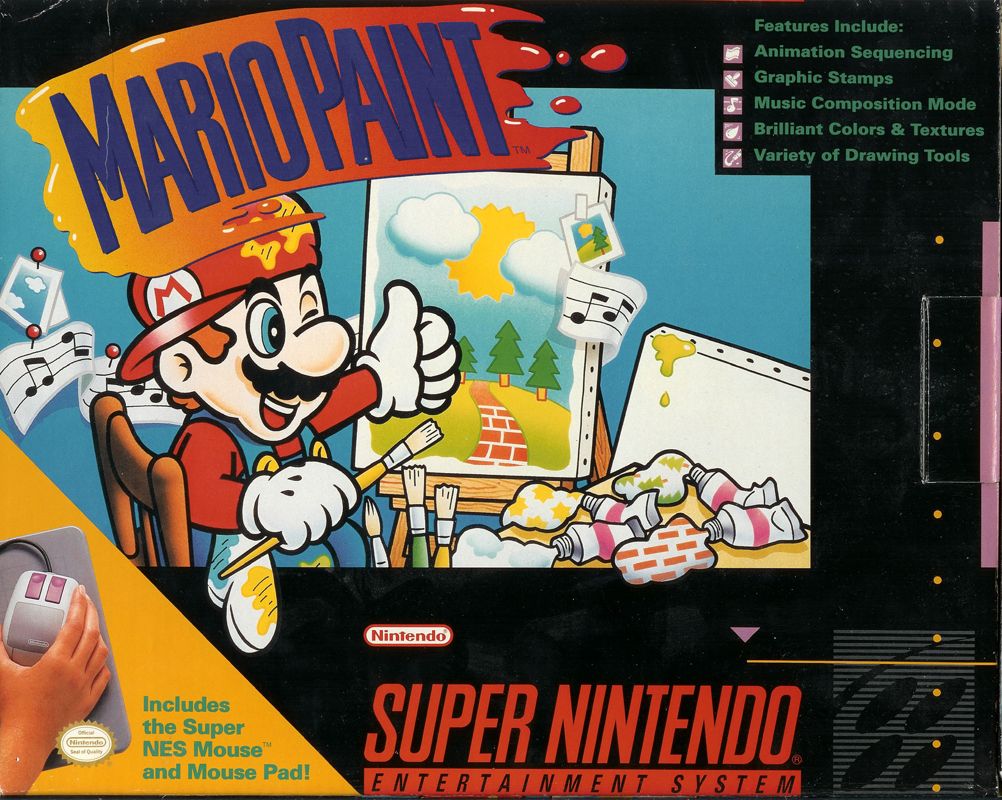Discussion about the node:
- Oliver eye-ball says Switch 2 SoC is slightly bigger than 196mm²
- In the region of 200mm² if not larger. Rich estimated between 200 to 220mm²
- 128-bit interface with 1536 CUDA Cores and 8 A78C cores
- Very close GPU configuration to GA107, which is ~200mm²
- Size is suggestive of Samsung 8nm process
- Samsung and TSMC 7nm are ~20% denser. Switch 2 SoC would be smaller if it was on an advanced node.
- Battery rumored to be 20Whr. That pose constraints to battery life and portable performance
- These constraints are more significant than if T239 were to be fabbed on 5nm
- The argument against 8nm was that the process node wasn't viable for a portable device
- The idea of T239 being an off-shot of T234 gave credence for it being Samsung based
- Arguments about Switch 2 should use TSMC 4nm are good. But why would you port over Ampere to 4nm when Ada Lovelace is already built for 4nm
- The evidence is weighted towards Samsung 8nm
- It's not TSMC, therefore the arguments of Ampere DC being on TSMC N7 also aren't valid
- Can't rule Samsung 5nm. But why would you port Ampere to that?
- 8nm isn't particurlarly power-efficient, but it is cheap
- To get good battery life on 8nm, you will need to lower the clocks very low
- All the power measurements to rubbish 8nm have been done on a Tegra Orin power tool calculator.
- However, T234 is ginormous and there will still some leftover power draw due to chip size. That affects calculations
- T239 was designeted by different team than T234 according to Rich sources
- T239 isn't a cut-down T234. Just share some IPs
- If T239 was designed from scratch to Samsung 8nm, the engineers know what they're doing. They would had specific power efficiency goals in mind
- Rich reminds that the battery compartment in the leaked board is quite small
-Means battery size should be small. Challenge for 8nm, but the designers know what they would get.
- Rich reminisces that Tegra X1 clockspeed was thought to be a disaster, but the system still sold 150M+. Switch 2 will do well regardless.
- 8nm hasn't been proven to be quite power-efficient from a legacy perspective.
- Cooling system seems to be more meaty
- Nintendo is very interested into low-cost products
- Samsung 8nm should be cheap and plenty available
Die weiteren Punkte dann im Link:
https://www.resetera.com/threads/di...tem-performance.1074921/page-2#post-133897893

www.play3.de






